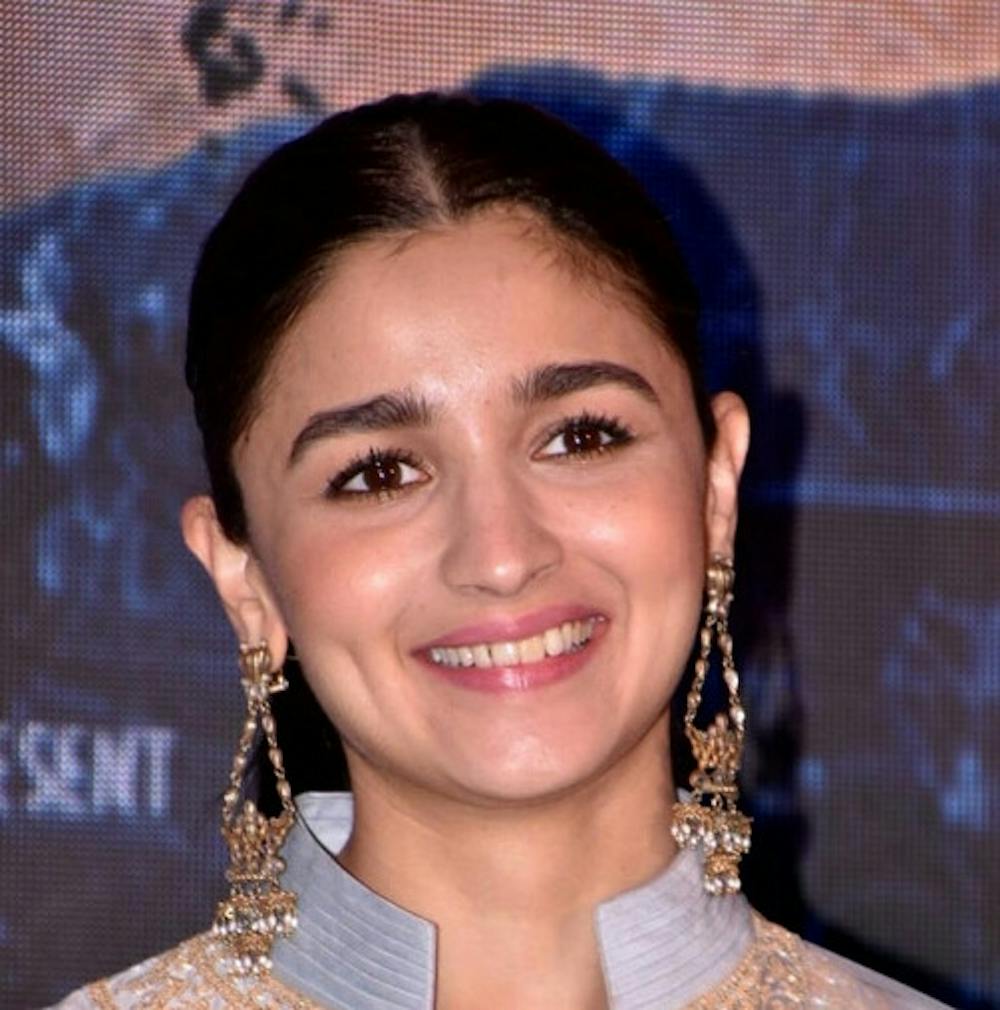After years of Indian audiences imploring Bollywood to depart from its monotonous formulaic productions, the industry has boldly answered the calls with Brahmāstra: Part One – Shiva. It’s by no means a perfect movie, and it fails to avoid many of the common pitfalls that contemporary Bollywood movies fall into, like clunky dialogue and awkwardly-paced plots. However, in the grand scheme of things, Brahmāstra breaks new ground by ushering the industry into the 21st century with its visual effects and introduction of the Astraverse, perhaps the first planned cinematic universe and trilogy in Bollywood.
Brahmāstra imagines a world where the powers of elements of nature, like air, wind and fire, can be stored in magical tokens (astras) and harnessed by humans. The most powerful weapon — the Brahmāstra — is guarded against the evil powers of the world by the Brahmānsh.
The movie follows Shiva (Ranbir Kapoor), a young man who has visions of the antagonists visiting members of the Brahmānsh to get information about the whereabouts of the Brahmāstra. Realizing that something big is at stake, he leaves with his love interest Isha (Alia Bhatt) to find out what is happening.
They finally end up at a secret camp in the Himalayas, where the Brahmānsh led by Guruji (Amitabh Bachchan) are located. Here, Shiva learns of his past and how he is connected to the momentous events occurring. Guruji eventually makes him realize his true identity and trains him in the ways of the Brahmānsh. The film ends with a fight between the Brahmānsh and the followers of Dev — the dead villain who needs the Brahmāstra to be reincarnated — and sets up the sequel.
If you got lost in the plot there, you’re not the only one! It is quite convoluted and doesn’t always make sense. The love story between Shiva and Isha is very rushed and underdeveloped, with both feeling like one-dimensional characters wasting in the incredibly interesting and exciting world created by the film. They merely react stupendously to plot points and their stupidity can get quite frustrating. It doesn’t help that much of their dialogue sounds like a romantic conversation between a 12-year-old boy and his imaginary girlfriend.
The inanity of the screenplay is made even more tragic by its juxtaposition with the incredible visual effects. The effects are nowhere near the ones seen in modern Hollywood movies but are an immense improvement for Bollywood. Within India, Brahmāstra is perhaps the first film since the critically-acclaimed Tollywood Baahubali franchise that has shown such ambition and delivered on it. However, Brahmāstra fails to recreate the magic and appeal of Baahubali, as it lacks the gripping story and memorable characters of the latter.
No Bollywood movie is complete without multiple obligatory dance numbers, and Brahmāstra follows that formula religiously. The choreography and songs are unremarkable, which is a shame, considering Kapoor has dazzled audiences for years with his impeccable dancing.
However, despite the tightrope the movie walks between its technical breakthroughs and strict adherence to the Bollywood formula, it truly is an entertaining film. For American audiences not accustomed to the extravagance of mainstream Indian films, Brahmāstra might be a good introduction to the quite jarring, over-the-top nature of Bollywood productions. For Indian audiences, although the film might disappoint, it ushers in an exciting new era of technological and creative advances in a chronically stagnant industry.
Apart from its visual effects, one of the main reasons for Brahmāstra’s immense anticipation among audiences is its ensemble cast. Kapoor and Bhatt carry the movie well as seasoned leads, while being supported by veteran superstar Bachchan. The small yet pivotal and extremely entertaining role of the King of Bollywood Shah Rukh Khan in the opening scene is an absolute delight and a great start to the film. Deepika Padukone’s cameo and the mystery of who will play Dev are likely to be instrumental in keeping audiences awaiting the sequels with great zeal.
Despite the big names headlining the film, I feel that the most memorable performance was given by Mouni Roy, who plays the role of Dev’s henchman as the main antagonist of the film. Roy, an accomplished TV actress, rises to the challenge of a pivotal character in a big-budget mainstream Bollywood film and delivers an intense and truly terrifying performance.
Brahmāstra has polarized Indian audiences, because both its shortcomings and accomplishments are immense. I recognize the film’s many blunders, from a lousy screenplay to its uninteresting characters, but I am still very excited for the sequels, as I truly believe that this is going to lead to the technological revolution Bollywood needs. Nevertheless, the Brahmāstra is a fun movie, and if you go in with reasonable expectations, it will be a fun time.





